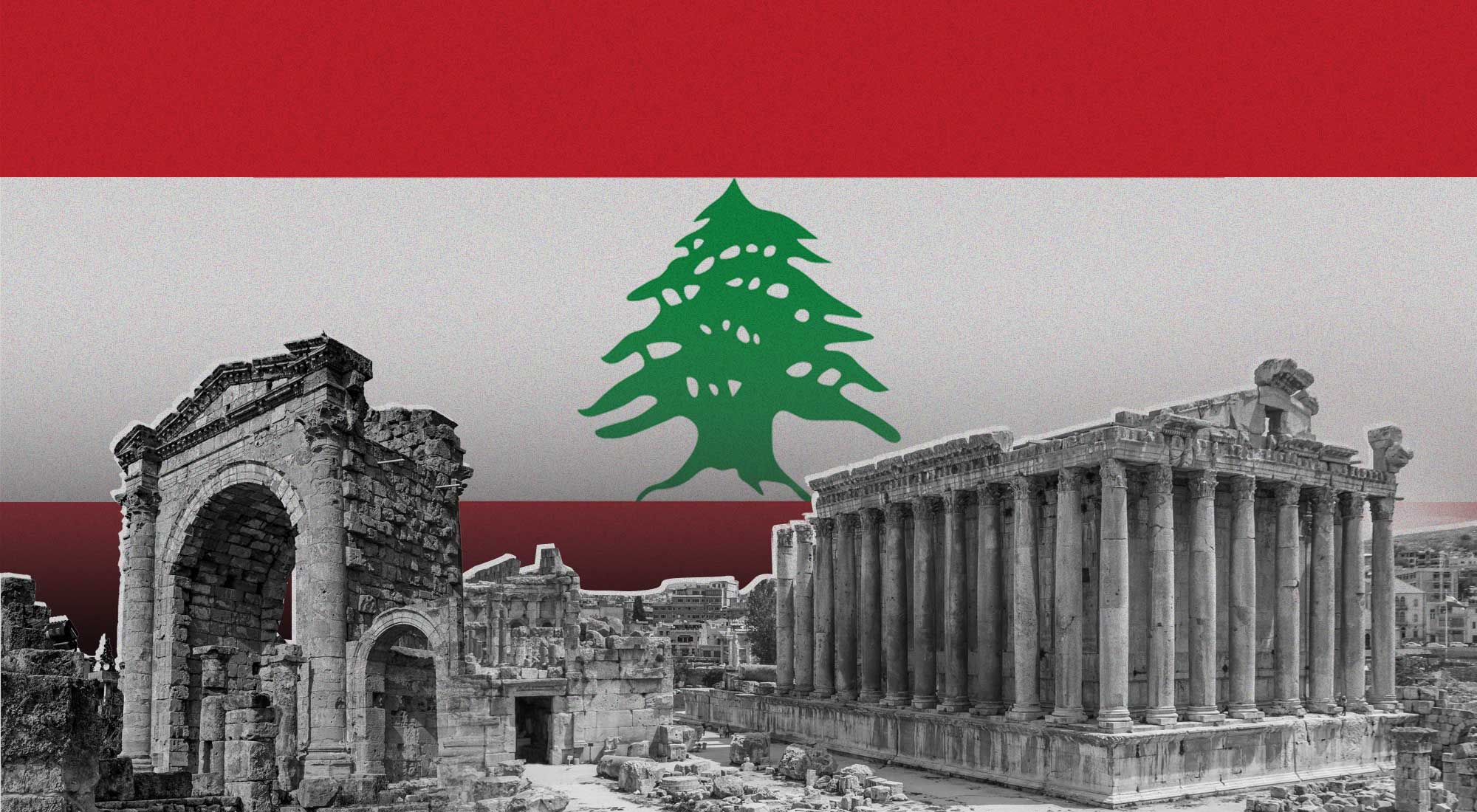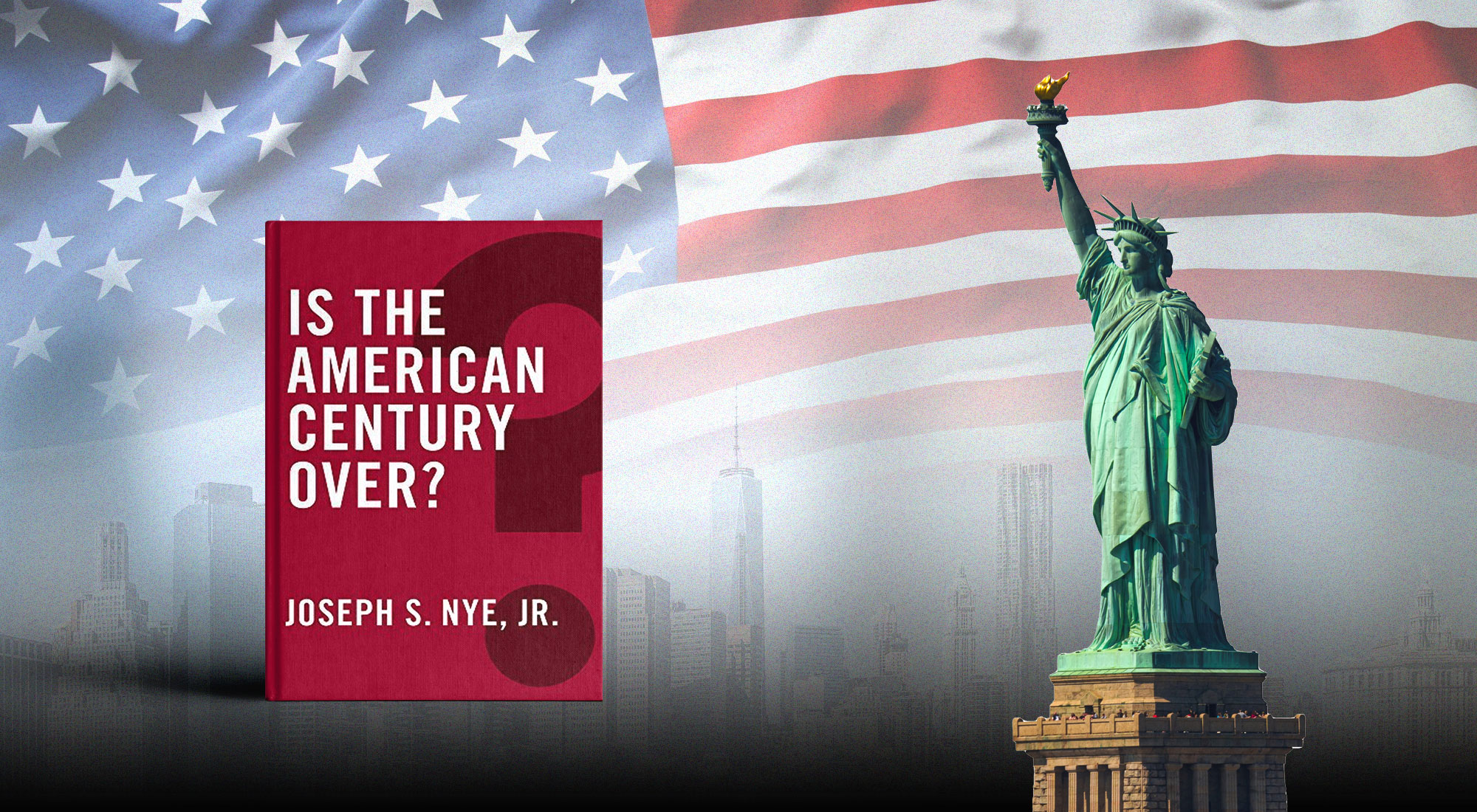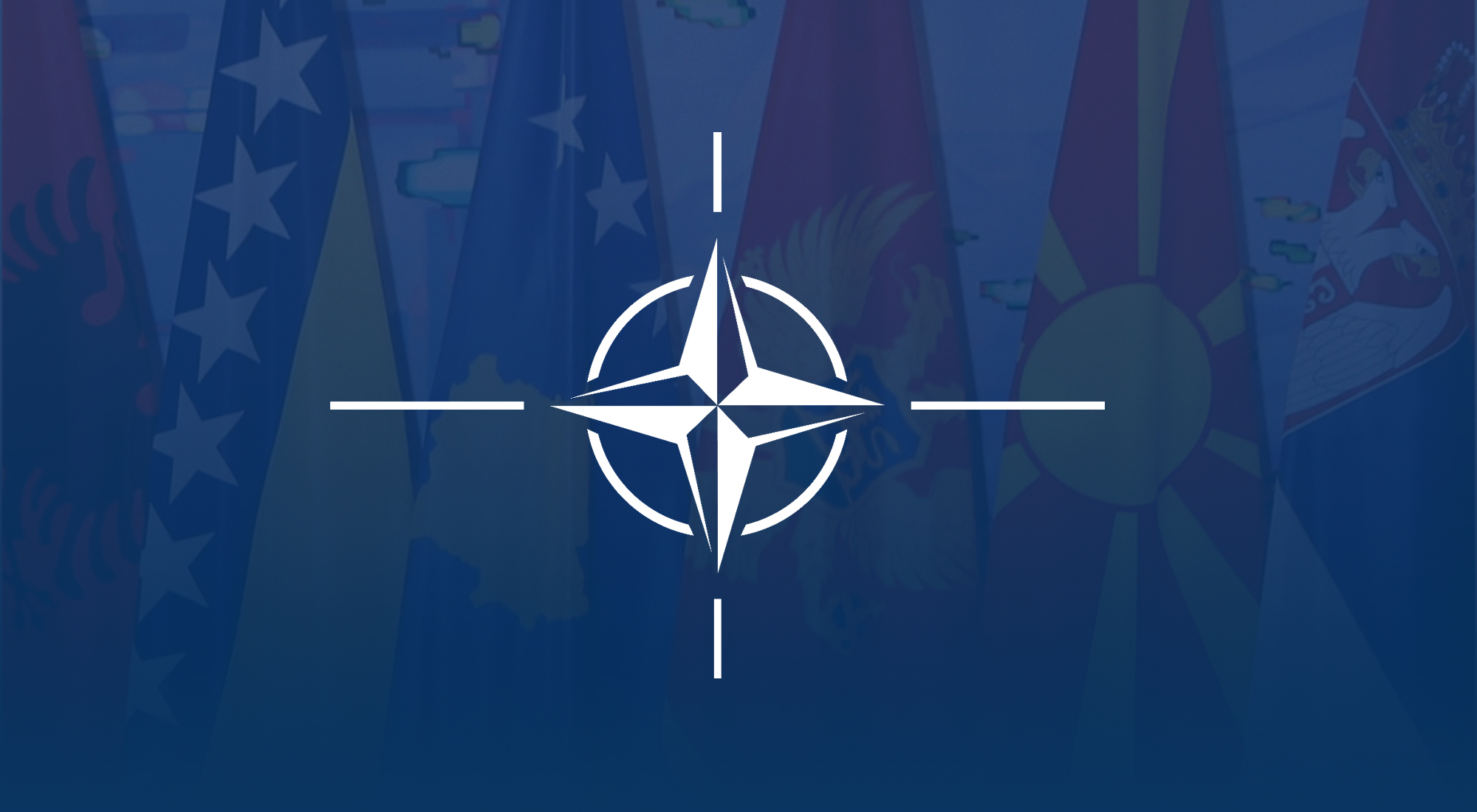In the aftermath of Lebanon’s financial collapse, the 2020 Beirut Port explosion, and the recent conflict in the south, the country’s already fragile institutions have been stretched beyond capacity. Amid this turmoil, international organizations, external patrons, and multilateral development banks have played a crucial yet often overlooked role in preserving Lebanon’s cultural and environmental resilience.
While external actors are often criticized for entrenching political and economic dependencies, global case studies demonstrate that international engagement, when responsibly implemented, can provide essential support to non-emergency sectors such as heritage preservation and nature conservation. In Lebanon’s context, where economic and security crises take center stage, sustaining these “softer” sectors is vital for protecting national identity, fostering community resilience, and offering psychological refuge in a landscape of instability.
Recovery must be understood not only as the rebuilding of damaged infrastructure, a collapsed economy, and broken state institutions but also as the safeguarding of cultural landmarks and natural sanctuaries that underpin Lebanon’s cultural identity and future renewal. International initiatives to preserve the country’s historical sites and endangered landscapes contribute meaningfully to national cohesion and post-crisis recovery. When aligned with local needs and governance reforms, such efforts have the potential to revitalize societies facing protracted crises, offering important lessons for post-conflict state-building and sustainable development.
Economic Collapse: The Lebanese Lira’s Downfall and the Erosion of Public Funding
Lebanon’s economic crisis, which began in 2019, is considered by the World Bank one of the most severe globally since the 19th century.[1] The country’s nominal GDP fell from $52 billion in 2019 to $23.1 billion by 2021, with GDP per capita shrinking by 36.5%.[2] Triple-digit inflation, the Lebanese pound losing 98% of its value,[3] and persistent political instability, exacerbated by Israeli bombardments and ideological tensions, have plunged the country deeper into crisis. Electricity blackouts, limited healthcare access, rising unemployment, and soaring food prices have left nearly half of Lebanese citizens and refugees facing food insecurity, fueling social tensions and crime.
The collapse of Lebanon’s economy severely weakened the government’s ability to deliver basic public services, accelerating the decline in living conditions and deepening social inequalities. Mental health issues have surged amid widespread suffering, while public sector salaries have fallen by nearly 82% since 2019.[4] With national security taking funding priority, critical non-emergency sectors such as healthcare, education, and infrastructure have been left severely underfunded, leaving the country’s recovery prospects increasingly bleak.
In this vacuum, where state institutions are paralyzed by financial collapse, political deadlock, and competing security demands, the preservation of cultural heritage and environmental resources has become almost entirely reliant on international support. With government budgets slashed and public institutions unable to operate effectively, there are no domestic mechanisms left to fund, maintain, or protect these sectors. Yet these sectors are not peripheral; they are central to Lebanon’s long-term resilience by anchoring national identity, providing psychological refuge in times of crisis, and offering inclusive, locally rooted platforms for social and economic recovery.
Across the country, the ubiquitous signage crediting external funders, whether on street corners, historic landmarks, or remote nature trails, serves as a visible reminder of the state’s retreat from non-emergency sectors, leaving even Lebanon’s cultural memory and natural environment vulnerable at a time when fostering national unity is more important than ever.
Beirut Port Explosion
Following Lebanon’s economic collapse, the 4 August 2020 Beirut Port explosion dealt a catastrophic blow to the country’s weakened state apparatus. Caused by the ignition of 2,750 tons of improperly stored ammonium nitrate, the blast—one of the largest non-nuclear explosions in history—killed at least 218 people, injured over 6,000, left 300,000 homeless, and caused $10 billion in damages, including the destruction of Beirut’s main port.[5] Investigations exposed systemic government negligence, despite repeated warnings, deepening political instability, worsening humanitarian needs, accelerating environmental degradation, and cementing widespread public distrust toward state institutions.
While the damages inflicted by the Beirut Port explosion devastated families, businesses, and the broader sense of public security, the blast also had a profound impact on Lebanon’s historical and cultural heritage. Several historic neighborhoods, including Gemmayzeh, Mar Mikhael, Achrafieh, and Karantina, situated near the port, sustained significant destruction. These districts are home to one of Beirut’s largest concentrations of 19th- and early 20th-century heritage buildings,[6] many of which were left severely dilapidated with little to no immediate funding available for reconstruction.
- Gemmayzeh and Mar Mikhael: Known for their Ottoman-era architecture, these neighborhoods suffered extensive damage. The blast destroyed numerous historic homes and buildings, displacing residents and threatening the area’s cultural fabric.
- Achrafieh: This district, rich in heritage structures from the late Ottoman and French Mandate periods, suffered significant destruction, particularly in its northern parts. Notable landmarks like the Sursock Palace and Museum were among the damaged sites.
- Karantina: Historically significant as a working-class neighborhood with an industrial heritage, Karantina faced substantial devastation. Its proximity to the blast epicenter resulted in the loss of many historic structures.
In addition to their architectural and historical significance, the Beirut neighborhoods of Gemmayzeh, Mar Mikhael, Achrafieh, and Karantina hold deep cultural and social value. Gemmayzeh and Mar Mikhael, in particular, are renowned for their vibrant nightlife, trendy cafés, and local artisan spaces, making them popular destinations for both Lebanese locals and international visitors.[7] Lined with Ottoman- and French Mandate-era buildings, these neighborhoods blend heritage charm with a contemporary, creative energy. Achrafieh, while more residential, is equally known for its historic villas, cultural institutions, and upscale, homegrown boutiques. Though Karantina has traditionally been a more industrial and working-class area, it has recently become a site of cultural revival, with artists and heritage advocates working to reclaim its historic identity. The 2020 Beirut port explosion not only devastated the built environment of these districts but also disrupted the social and cultural lifeblood of some of the city’s most cherished neighborhoods.
As a result, the explosion galvanized efforts to restore and protect some of the city’s most culturally significant neighborhoods, reinforcing their role in shaping Beirut’s identity. At the forefront of these recovery efforts is UNESCO, which launched the LiBeirut initiative to spearhead the city’s cultural and educational revival. This comprehensive program has focused on safeguarding Beirut’s architectural heritage while breathing new life into its cultural institutions. Early on, UNESCO assessed and stabilized over 600 damaged heritage buildings, including critically endangered sites like Villa Boustani and Tobbagi House, to prevent further collapse. One of its most symbolic undertakings has been the restoration of the iconic Sursock Museum, which reopened in May 2023 following extensive structural repairs, solar panel installation, and modernization, made possible through support from the Italian government.[8]
UNESCO also played a crucial role in restoring access to education, completing the rehabilitation of 280 schools and universities that had been damaged in the blast, thereby supporting over 85,000 students.[9] To help revive Beirut’s once-vibrant cultural scene, UNESCO organized the TERDAD festival, which brought together more than 3,000 participants in a city-wide celebration of art, music, and resilience.[10] Additionally, in partnership with ICONEM, a French technology company specializing in the digital preservation of endangered cultural heritage sites, the Lebanese Directorate General of Antiquities, and with financial support from the Swiss government, UNESCO launched a digital initiative to create a geo-referenced 3D model of Beirut.[11] The project aimed to enable more accurate and informed restoration of historic sites damaged by the Beirut Port explosion, ensuring that future reconstruction efforts are based on precise documentation of the city’s cultural and architectural heritage. Through these multifaceted initiatives, the LiBeirut program has become a pillar of hope and recovery, reinforcing UNESCO’s commitment to protecting cultural heritage and fostering community resilience in the wake of tragedy.
The Government of Japan also played an important role in Lebanon’s recovery efforts following the port explosion. On the one-year anniversary of the blast, the Japanese Embassy in Lebanon published a memorial statement on its official website, expressing solidarity with the Lebanese people.[12] The message drew a poignant parallel between the devastation in Beirut and the tragedies of Hiroshima and Nagasaki, both of which also occurred during the month of August (1945), when the United States dropped atomic bombs on the two cities during World War II, resulting in the deaths of over 200,000 people and the near-total destruction of both urban centers. The outreach underscores Japan’s deep empathy and historical understanding of catastrophic loss.
In March 2021, the Embassy of Japan, in partnership with UN-Habitat, provided a $2.16 million grant to support the restoration of the Rmeil Cluster, a group of heritage buildings located in the Rmeil district of Beirut. The project included the rehabilitation of 11 heritage structures, the revitalization of public spaces such as parks and a local fire station, and the restoration of community infrastructure damaged by the Beirut Port explosion. Additionally, the initiative provided vocational training for over 100 local men and women, fostering community engagement and skill development through active participation in the rehabilitation efforts.[13]
Driven by international cooperation and the active engagement of the local workforce, the project went beyond physical restoration. It played a crucial role in supporting the area’s social and economic recovery, particularly at a time when limited government capacity has constrained large-scale reconstruction efforts. The rehabilitation of the Rmeil Cluster, dubbed as the ‘Build Back Better’ initiative, stands as a powerful testament to the resilience of Beirut’s communities and the enduring importance of preserving cultural heritage in times of crisis—something the Lebanese people have faced for decades.
Relief Before Reconstruction: Restoring Agency to Communities
While the reconstruction of heritage sites can remain a critical element of post-conflict recovery, it should not overshadow the urgent humanitarian, development, and peacebuilding needs of local communities. Although residents generally support the preservation of their heritage, they consistently express frustration when international initiatives prioritize landmark reconstruction over essential services. This was evident in the “Revive the Spirit of Mosul” initiative led by UNESCO and other international partners, which, despite aiming to restore cultural identity through the rebuilding of sites like the Al-Nouri Mosque, drew criticism for failing to adequately address immediate community needs.[14]
Residents advocate for a more balanced approach that gives equal importance to the restoration of local religious and cultural sites, adapts restored spaces for contemporary community use, and places decision-making power in the hands of the affected populations themselves. While international support is valued, communities repeatedly emphasize that sustainable recovery requires their active leadership and control over the future of their heritage.[15] This is especially important in a context where cultural heritage shapes public memory, having the potential to unify when rooted in local agency but running the risk of fracture when driven by external or politicized agendas.
Resilience over adversity
During Lebanon’s Civil War, which began in 1975, many of the precious works housed within the National Museum of Beirut, situated directly on the conflict’s frontlines, remarkably survived widespread destruction. This was largely due to the extraordinary efforts of the then-Director of Antiquities, Emir Maurice Chehab. Understanding the grave threat posed to Lebanon’s cultural heritage, Chehab took extraordinary measures to protect the museum’s priceless artifacts by encasing the most vulnerable and immovable pieces in reinforced concrete boxes to shield them from shelling. Meanwhile, militants used the museum as a barracks, prompting Chehab to circulate false rumors that the most valuable items had been moved off-site, discouraging looting and further damage.[16] When reconstruction began in 1995, following 15 years of civil war, curators discovered additional artifacts that had been secretly buried behind the museum for safekeeping.
Following the 2020 port blast, which severely damaged structural elements within the Beirut National Museum, the Louvre Museum played a pivotal role in its restoration. In collaboration with Lebanon’s Directorate General of Antiquities, the Louvre initiated emergency interventions starting on 31 August 2020. These efforts focused on repairing the museum’s doors, windows, lifts, and compromised security and surveillance systems. Additionally, the museum’s administrative offices and archaeological storerooms were also renovated. This phase, costing $175,000, was funded by the International Alliance for the Protection of Heritage in Conflict Areas (ALIPH) and managed directly by the Louvre, which provided expertise from its Department of Near Eastern Antiquities and Department of Architectural Heritage and Gardens. Miraculously, many of the antiquities were spared from damage as a result of the blast.[17]
Amid the ongoing 2024-2025 war between Israel and Hezbollah, the National Museum of Beirut unveiled a new wing, the Nuhad Es-Said Pavilion for Culture. Its inaugural exhibition, Portals and Pathways: A Journey Through Reality and Imagination, a curated tapestry of Lebanon’s rich history organized by the Beirut Museum of Art (BeMA), was scheduled to have its opening ceremony just two days before the Israeli pager attack targeting Hezbollah positions in September 2024. Although the festivities were postponed due to the conflict, the exhibition remained accessible to the public, standing as a powerful testament to Lebanon’s enduring spirit. As BeMA Co-Director Juliana Khalaf Salhab noted, the pavilion reflects the “enduring power of art and heritage” to offer “identity, hope, and continuity in adversity.”[18] Notably, BeMA itself receives no financial support from the Lebanese government, relying exclusively on local and international private funding to sustain its cultural initiatives.
This story of cultural preservation, unfolding amid economic collapse, political turmoil, and an ongoing war only kilometers away, stands as a powerful symbol of Lebanese resilience and renewal, a recurring theme woven deeply into the fabric of the nation’s identity.
Nature as Sanctuary: Conservation Efforts Across Lebanon’s Trails and Reserves
Beyond the chaos of Beirut and the country’s political epicenters, Lebanon’s natural landscapes offer something increasingly rare in times of national crisis: respite. In the face of economic collapse, political dysfunction, and ongoing insecurity, access to nature has become more than a luxury; it is a vital psychological and emotional refuge for many Lebanese. This quieter, more contemplative side of Lebanon, often overlooked by international media, reveals itself in the mountain ranges, cedar forests, cascading waterfalls, and ancient trails that cut through rich biodiversity and cultural heritage sites. These spaces are not merely scenic; they serve as essential sanctuaries where individuals reconnect with identity, community, and hope. In a country where day-to-day life is marked by instability, nature plays a critical role in sustaining the mental and emotional resilience of its people. In Lebanon, nature is not an escape from reality; it is how many endure it.
Lebanon Mountain Trail
Inspired by the Appalachian Trail in the United States, the Lebanon Mountain Trail (LMT) is a 470-kilometer network of footpaths that spans the length of Lebanon, connecting more than 76 ethnically and religiously diverse towns and villages from north to south, showcasing some of the country’s most historically and culturally rich landscapes, offering a deep connection to Lebanese heritage. In Qbaiyat, centuries-old Maronite churches like Mar Challita reflect the deep Christian roots of northern Lebanon, while the Qadisha Valley, a UNESCO World Heritage Site, preserves the legacy of Christian monasticism with cliffside monasteries and hermitages that sheltered communities through centuries of persecution.
Bcharre, the birthplace of literary icon Khalil Gibran, embodies Lebanon’s intellectual and artistic spirit. The sacred Cedars of God, among the last vestiges of the ancient forests mentioned in the Epic of Gilgamesh and the Bible, symbolize resilience and national pride. The cedar tree is a nationally recognized symbol of Lebanon, featured prominently on the country’s flag and widely associated with its natural landscape and cultural heritage. Bekaakafra, the highest inhabited village in Lebanon, honors Saint Charbel, a beloved Maronite monk and miracle worker whose legacy resonates deeply across the Lebanese diaspora.[19] Together, these sites form a living narrative of Lebanon’s spiritual endurance, cultural richness, and historical continuity.
For nearly two decades, the Lebanese Mountain Trail Association (LMTA), a non-governmental organization, has worked to conserve this trail network, promote ecotourism, and ensure that even Lebanon’s most remote villages receive year-round visitors. The LMT initiative aims to enhance economic opportunities in rural communities by supporting responsible tourism, including the use of private guesthouses for hikers. In doing so, the organization also seeks to preserve Lebanon’s natural, cultural, and architectural heritage.
While ecotourism had begun to thrive in Lebanon prior to the economic and political crises of 2018, further exacerbated by the Beirut port explosion and the COVID-19 pandemic, the sector is now showing signs of recovery in the post-conflict period. The feasibility of the LMT was first realized in 2005, when USAID issued a Request for Applications (RFA) to stimulate economic growth in rural areas, particularly in the sectors of information and communication technologies, agriculture, and rural tourism. The winning proposal, submitted by the LMT’s founding team and implemented by ECODIT, a U.S.-based development firm operating in Lebanon, received $3.3 million in funding over a two-year period to establish the LMT and develop hiking trails to connect Lebanon’s mountain villages.[20] Additional support has come from a wide range of international donors, including the European Union, the Italian Agency for Development Cooperation, the Embassy of Switzerland, the Swiss Cooperation Office, and the Global Environment Facility, among others.[21]
As a mountainous country and one that also relies on ecotourism, the Swiss Cooperation Office of the Embassy of Switzerland supported the creation of Mountain Explorers, an educational initiative developed by the Lebanon Mountain Trail Association and the Fondation pour le Développement Durable des régions de Montagne (FDDM). This interactive platform targets children aged 8-12 and promotes environmental awareness through a virtual journey across Lebanon’s mountainous regions. The program aims to instill eco-citizenship by teaching sustainable development, climate change, biodiversity, and rural tourism through experiential learning. The initiative also addresses key environmental threats to Lebanon’s mountain ecosystems and encourages responsible behaviors through educational games and classroom or home-based activities.
As part of Switzerland’s International cooperation strategy 2021-2024, “bilateral development cooperation represents Switzerland’s long-term commitment to creating economic, social and environmental opportunities in a select number of priority countries.” Where Lebanon is included as a priority country for bilateral development cooperation, representing the nation’s long-term commitment to creating economic, social and environmental opportunities in a select number of priority countries.[22]
Jabal Moussa
The Legacy Landscapes Fund (LLF) is a global financing initiative established to provide long-term, stable funding for the protection of critical biodiversity areas, particularly in countries where domestic conservation financing is limited. By committing sustained investment over decades, LLF offers a model for safeguarding vital ecosystems that might otherwise be left vulnerable to degradation. One example of this approach is LLF’s support for Cambodia’s Cardamom Mountains National Park, one of Southeast Asia’s richest ecological regions. Despite its global significance, the park faces ongoing threats due to limited national resources.[23] Through LLF’s backing, conservation efforts, scientific research, and community engagement have been stabilized, demonstrating how external, long-term financing can be critical for preserving biodiversity when governments lack the capacity to act alone.
Similarly, Lebanon’s Jabal Moussa Biosphere Reserve offers a compelling case of how international funding and grassroots action can sustain critical ecological and cultural landscapes in the absence of strong domestic conservation financing. Located along the western slopes of the Mount Lebanon range, Jabal Moussa is not only a biodiversity hotspot but also a repository of archaeological heritage spanning Phoenician, Roman, and Medieval periods, including ancient inscriptions, religious hermitages, and the longest stretch of Roman roads in Lebanon. These remnants are vital to understanding Lebanon’s layered history and civilizational continuity.[24] Like the Cardamom Mountains, Jabal Moussa’s long-term preservation has relied heavily on external support, including funding from UNESCO, USAID, the German Development Bank, and the U.S. Ambassadors Fund for Cultural Preservation, among others. These efforts underscore that when local governments are unable to fully protect environmental and cultural assets, strategic international partnerships become essential for safeguarding national identity, community livelihoods, and ecological resilience.
In 2009, Jabal Moussa was designated a UNESCO Biosphere Reserve under the Man and the Biosphere Programme, recognizing its dual importance as a site of ecological significance and cultural heritage. The reserve applies an integrated approach to conservation and development, aiming to protect biodiversity while supporting local livelihoods. Its management is overseen by the Association for the Protection of Jabal Moussa (APJM), a Lebanese NGO established in 2007 to respond to environmental pressures in the region, including illegal quarrying, deforestation, unsustainable grazing, and unregulated development that placed the region’s ecological and cultural assets at risk. These pressures were compounded by the lack of legal protections for privately owned lands, prompting urgent grassroots action to preserve the mountain’s unique natural and historical value.
Despite the persistent underrepresentation of women in conservation leadership roles across the Middle East, a group of Lebanese women from the organization Friends of Nature (FON) has emerged as a powerful force for ecological preservation. At the Jabal Moussa Biosphere Reserve, these women have led field-based research and conservation efforts, particularly the protection of Cyclamen libanoticum, a rare endemic plant. Their initiative was made possible through support from the Critical Ecosystem Partnership Fund (CEPF), a major international funding body backed by agencies such as the European Union, World Bank, and Conservation International. CEPF funding enabled FON to carry out community-based fieldwork, raise awareness on biodiversity, and engage volunteers, while also building the visibility of women in science and nature conservation in Lebanon.[25]
Conclusion
Lebanon’s road to recovery cannot be measured solely by efforts to rebuild its security institutions or stabilize its economy. While these elements are foundational for national stability, they have historically proven fragile and contested. While not sufficient on their own, protecting Lebanon’s cultural and natural foundations remains a vital part of sustaining its fragmented society, preserving a shared history, and supporting pathways toward long-term renewal. This does not diminish the critical importance of humanitarian assistance and security support; both are essential building blocks for any stable society. However, recovery that focuses only on economic and security risks overlooks the deeper societal anchors that enable endurance and cohesion during times of profound national crisis.
Lessons Learned
International engagement, when aligned with local needs, governance reforms, and sustainable development goals, can play a transformative role in rebuilding societies beyond emergency relief. Case studies from Beirut’s heritage neighborhoods, the Lebanon Mountain Trail, and the Jabal Moussa Biosphere Reserve underscore that protecting cultural and environmental assets is not a secondary concern; it is an essential, complementary investment in national cohesion, economic opportunity, and community resilience. Equally critical is the need for communities to maintain agency over how their heritage and natural environments are restored, ensuring that external assistance strengthens rather than supplants local ownership.
Even amid persistent instability, Lebanese communities, both at home and abroad, maintain a deep connection to their cultural and natural heritage. This attachment is evident in the continued return of the diaspora for tourism and family gatherings, despite war, economic collapse, and political dysfunction. Such patterns underscore the role of cultural sites, landscapes, and traditions not only as symbols of identity but as vital threads that sustain intergenerational ties and national belonging.
Moving forward, Lebanon must more deliberately integrate cultural preservation and environmental conservation into its national recovery frameworks. Strengthening these sectors is not only essential for safeguarding national identity but also for revitalizing tourism, a key pillar of the local economy, which accounted for 30.2% of the nation’s GDP in 2023.[26] As Lebanon’s Minister of Tourism, Laura Lahoud, recently emphasized, Lebanon remains “a country consistently celebrated for its beauty, yet too often unable to welcome the very visitors who know it best.”[27]
International partners should prioritize long-term, stable funding models, such as the Legacy Landscapes Fund, that enable sustained stewardship rather than short-term project cycles. At the same time, Lebanon’s public institutions, where capacity permits, must enhance legal protections for cultural and ecological sites, empower local conservation efforts, and foster public-private partnerships that embed heritage and environmental care into broader development strategies.
In a country that has endured repeated cycles of conflict, political fragmentation, and economic collapse, safeguarding Lebanon’s living landscapes, historic sites, and cultural expressions is not a luxury. It is a necessary part of building a more resilient, unified, and enduring future.
[1] World Bank, “Lebanon sinking into one of the most severe global crises episodes,” June 1, 2021, https://www.worldbank.org/en/news/press-release/2021/05/01/lebanon-sinking-into-one-of-the-most-severe-global-crises-episodes.
[2] World Bank, “Lebanon overview,” October 2022, https://www.worldbank.org/en/country/lebanon/overview
[3] World Bank, “Lebanon: New World Bank project to restore basic fiscal management functions in support of public service delivery,” February 15, 2024, https://www.worldbank.org/en/news/press-release/2024/02/15/lebanon-new-world-bank-project-to-restore-basic-fiscal-management-functions-in-support-of-public-service-delivery.
[4] “Lebanon’s 2024 budget: Austerity and regressive taxes,” Mercy Corps Lebanon, May 2024, https://mercycorps.org.lb/wp-content/uploads/2024/05/Lebanons-2024-Budget-Austerity-and-Regressive-Taxes.pdf.
[5] Mazen J. El Sayed, “Beirut Ammonium Nitrate Explosion: A Man-Made Disaster in Times of the COVID-19 Pandemic,” Disaster medicine and public health preparedness, 16, no. 3 (2022): pp. 1203–1207, https://doi.org/10.1017/dmp.2020.451.
[6] “Heritage Buildings of Beirut,” World Monuments Fund (n.d.), https://www.wmf.org/monuments/heritage-buildings-of-beirut.
[7] “Best restaurants in Gemmayzeh,” Evendo (n.d.), https://evendo.com/locations/lebanon/beirut/gemmayzeh/best-restaurants.
[8] UNESCO, “Li Beirut: Taking stock of UNESCO-led initiatives to preserve heritage and culture one year after the Beirut port blasts,”August 9, 2021, https://www.unesco.org/en/articles/li-beirut-taking-stock-unesco-led-initiatives-preserve-heritage-and-culture-one-year-after-beirut.
[9] UNESCO, “Beirut: UNESCO has completed the rehabilitation of 280 educational institutions damaged by port explosions,” March 28, 2022, https://www.unesco.org/en/articles/beirut-unesco-has-completed-rehabilitation-280-educational-institutions-damaged-port-explosions.
[10] UNESCO, “With “TERDAD Youth”, UNESCO innovates education through arts,” January 26, 2022, https://www.unesco.org/en/articles/terdad-youth-unesco-innovates-education-through-arts.
[11] UNESCO, “LiBeirut: UNESCO and Switzerland announce funding is in place to begin rehabilitating Beirut’s iconic Sursock Palace,” October 13, 2022, UNESCO, https://www.unesco.org/en/articles/libeirut-unesco-and-switzerland-announce-funding-place-begin-rehabilitating-beiruts-iconic-sursock.
[12] Embassy of Japan in Lebanon, “Message by Ambassador Okubo in commemoration of the victims of the Beirut Port Explosion,” August 3, 2021, https://www.lb.emb-japan.go.jp/itpr_ja/11_000001_00160.html.
[13] United Nations Lebanon, “UN-Habitat and the Embassy of Japan complete the rehabilitation of residential heritage buildings heavily damaged by the Beirut Port explosion,” September 8, 2022, https://lebanon.un.org/en/198327-un-habitat-and-embassy-japan-complete-rehabilitation-residential-heritage-buildings-heavily.
[14] Kiwan, S. “Rebuilding heritage, reconstructing identities: UNESCO and the ‘Revive the Spirit of Mosul’ initiative,” International Review of Administrative Sciences, 2023, Advance online publication. https://doi.org/10.1177/00108367231177796.
[15] Ibid.
[16] Emilie Madi and Maya Gebeily, “Once on civil war’s frontline, Lebanon museum sees new life,” Reuters, April 11, 2025, https://www.reuters.com/world/middle-east/once-civil-wars-frontline-lebanon-museum-sees-new-life-2025-04-11/.
[17] “Restoring the Beirut National Museum,” Musée du Louvre (n.d.), https://presse.louvre.fr/restoring-the-beirut-national-museum/.
[18] Niccolo Lucarelli, “Preservation as reinterpretation. A new cultural hub in Beirut: The Nuhad Es-Said Pavilion for Culture,” Contemporary Lynx, January 24, 2025, https://contemporarylynx.co.uk/a-new-cultural-hub-in-beirut-the-nuhad-es-said-pavilion-for-culture.
[19] Hike the LMT map section, Lebanese Mountain Trail Association (n.d.), https://www.lebanontrail.org/hike-the-lmt-map-section.
[20] Genesis & history, Lebanese Mountain Trail Association (n.d.), https://www.lebanontrail.org/genesis-history.
[21] Partnerships, Lebanese Mountain Trail Association (n.d.), https://www.lebanontrail.org/partnerships.
[22] Federal Department of Foreign Affairs, “Switzerland’s International Cooperation Strategy 2021–2024,” 2020, https://www.eda.admin.ch/dam/deza/en/documents/die-deza/strategie/broschuere-IZA-strategie-2021-2024_EN.pdf.
[23] “Innovation Projects,” Legacy Landscapes Fund (n.d.), https://legacylandscapes.org/innovation-projects/
[24] “A Walk Through Jabal Moussa,” Jabal Moussa, 2015, https://www.jabalmoussa.org/sites/all/themes/jabalmoussa/img/walk-through.pdf.
[25] Dima Obeidat, “How women are leading nature conservation in Lebanon,” Jabal Moussa, March 8, 2020, https://www.jabalmoussa.org/sites/default/files/8%20Mar%202020%20-%20How%20Women%20Are%20Leading%20In%20Nature%20Conservation.pdf.
[26] “Tourism revenues up slightly in 2023, says BDL,” L’Orient-Le Jour, June 10, 2024, https://today.lorientlejour.com/article/1416794/tourism-revenues-up-slightly-in-2023-says-bdl.html.
[27] Laura Lahoud, “Lebanon fell off the travel map, but stability is coming back – and so, we hope, will tourists,” The National, April 28, 2025, https://www.thenationalnews.com/opinion/comment/2025/04/28/lebanon-fell-off-the-travel-map-but-stability-is-coming-back-and-so-we-hope-will-tourists/.









